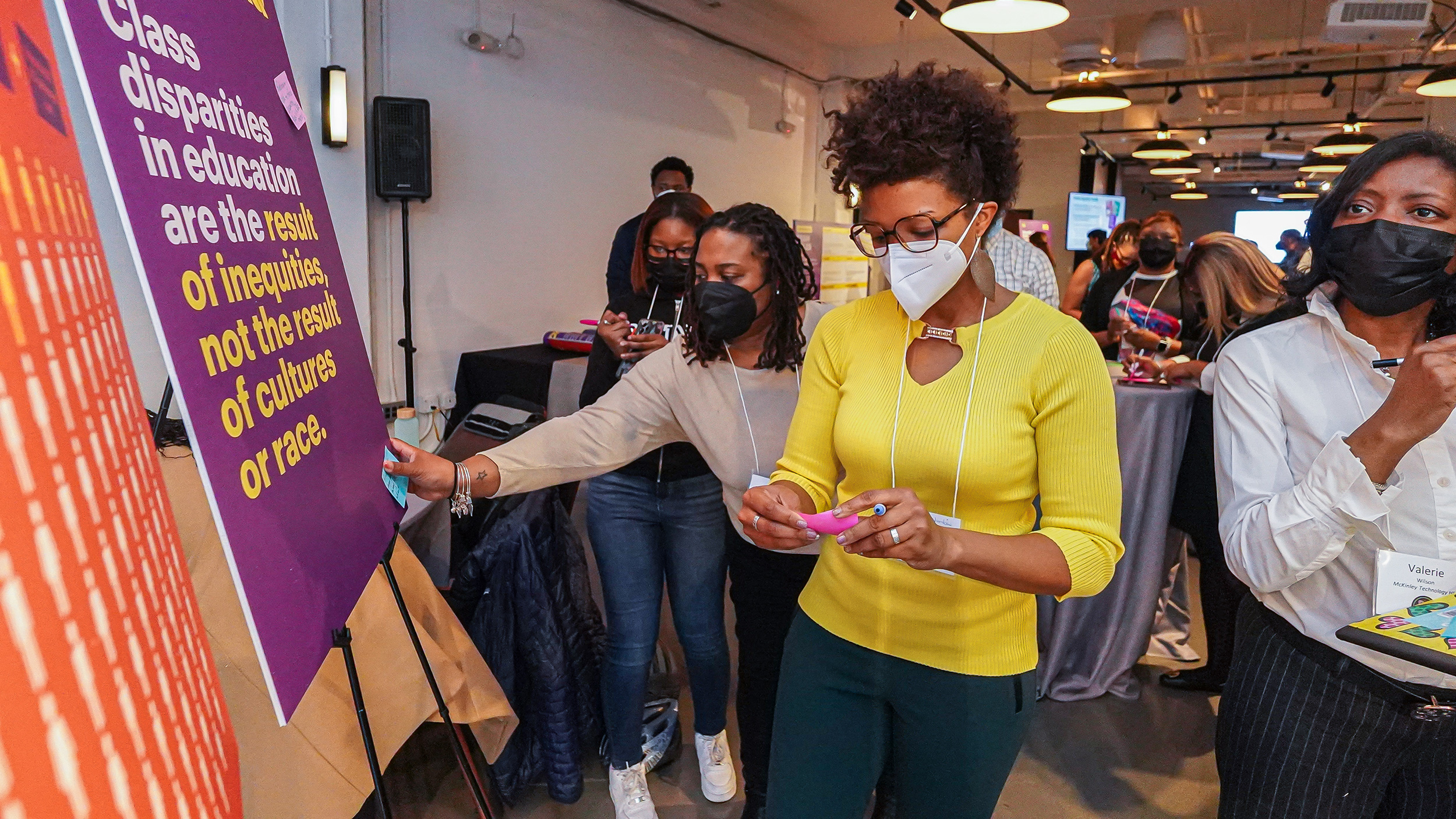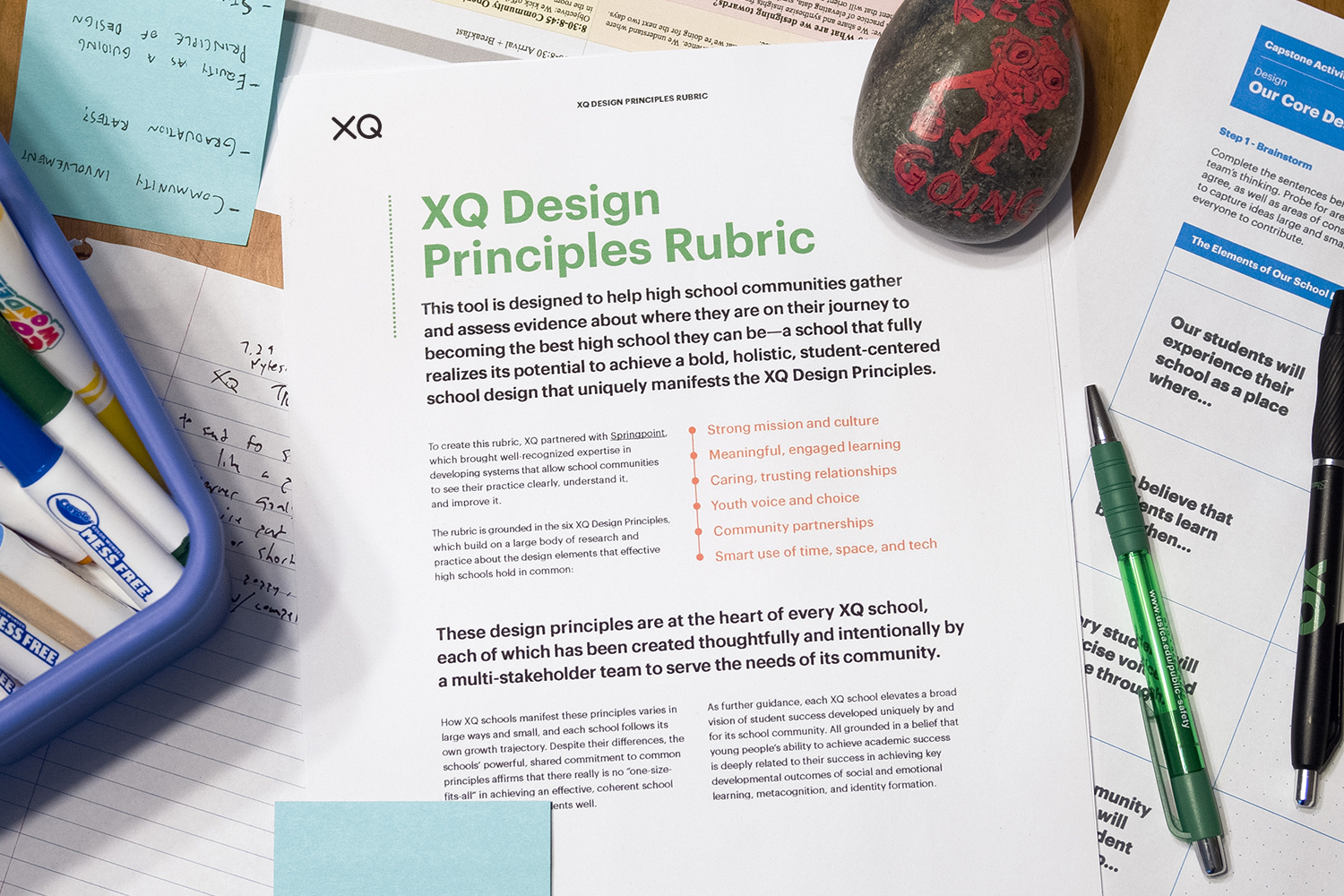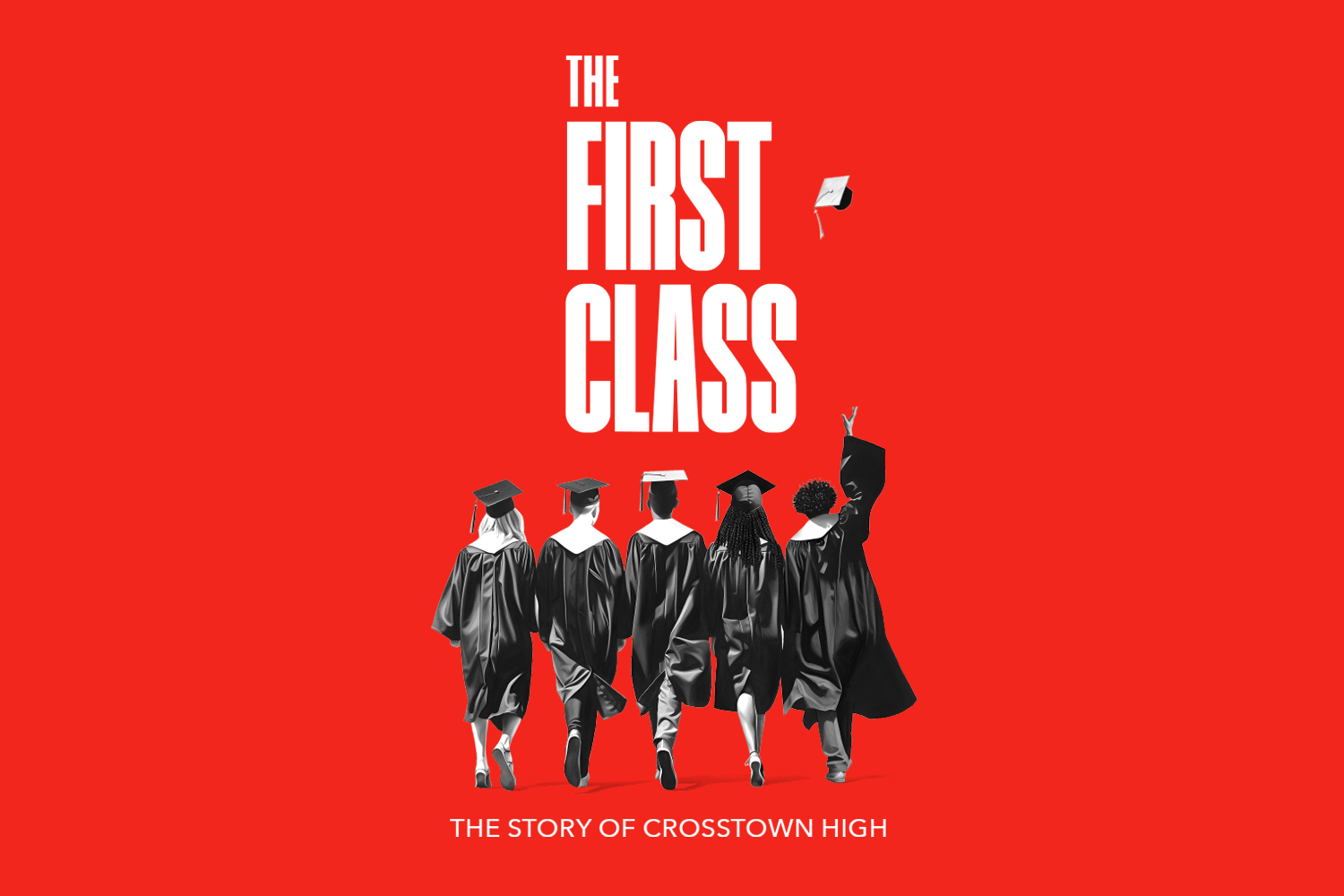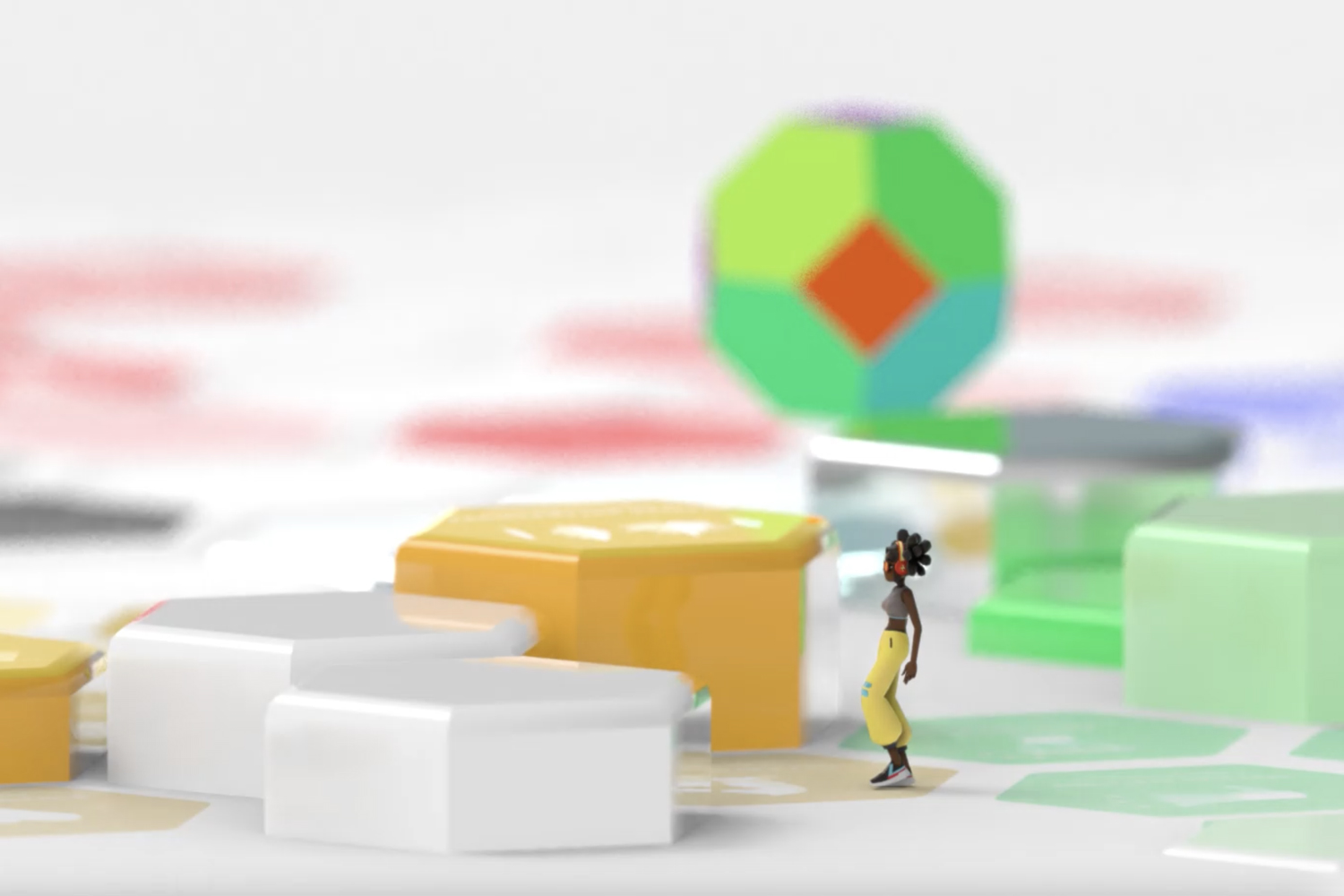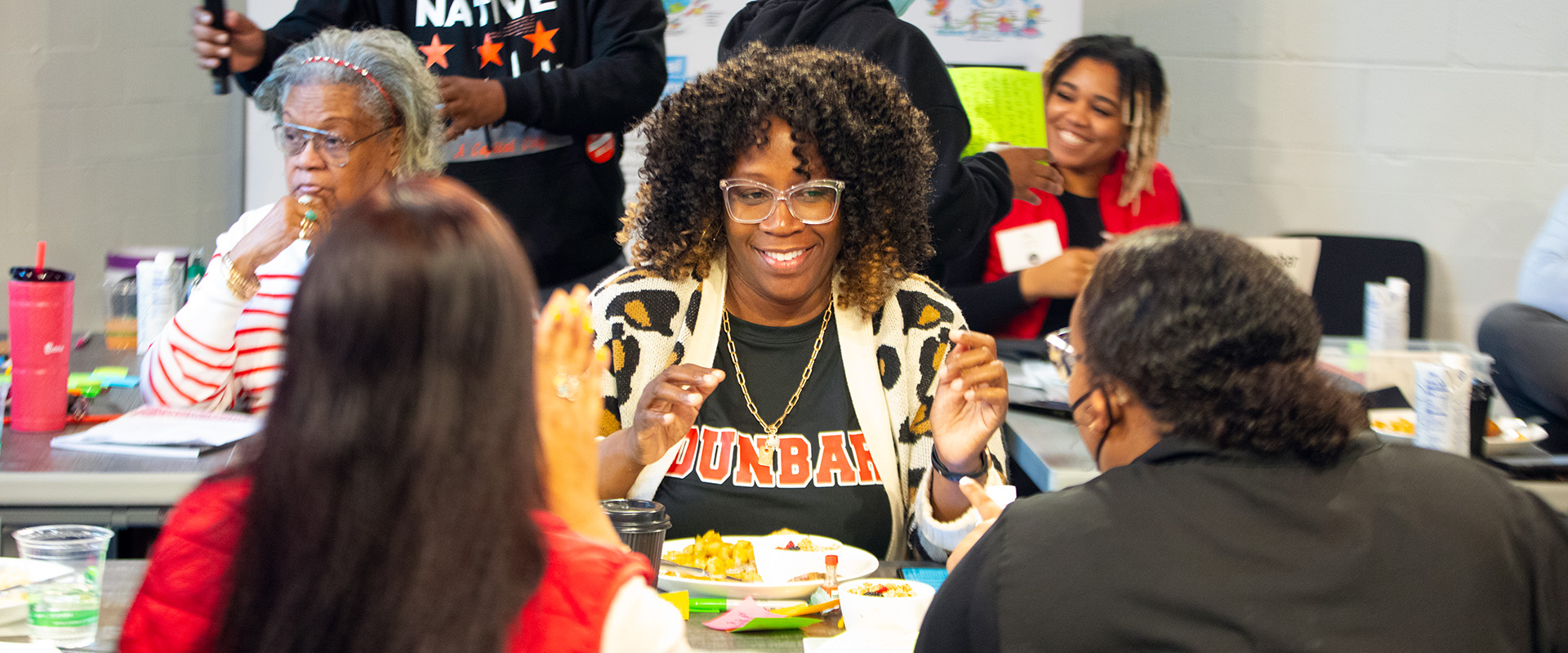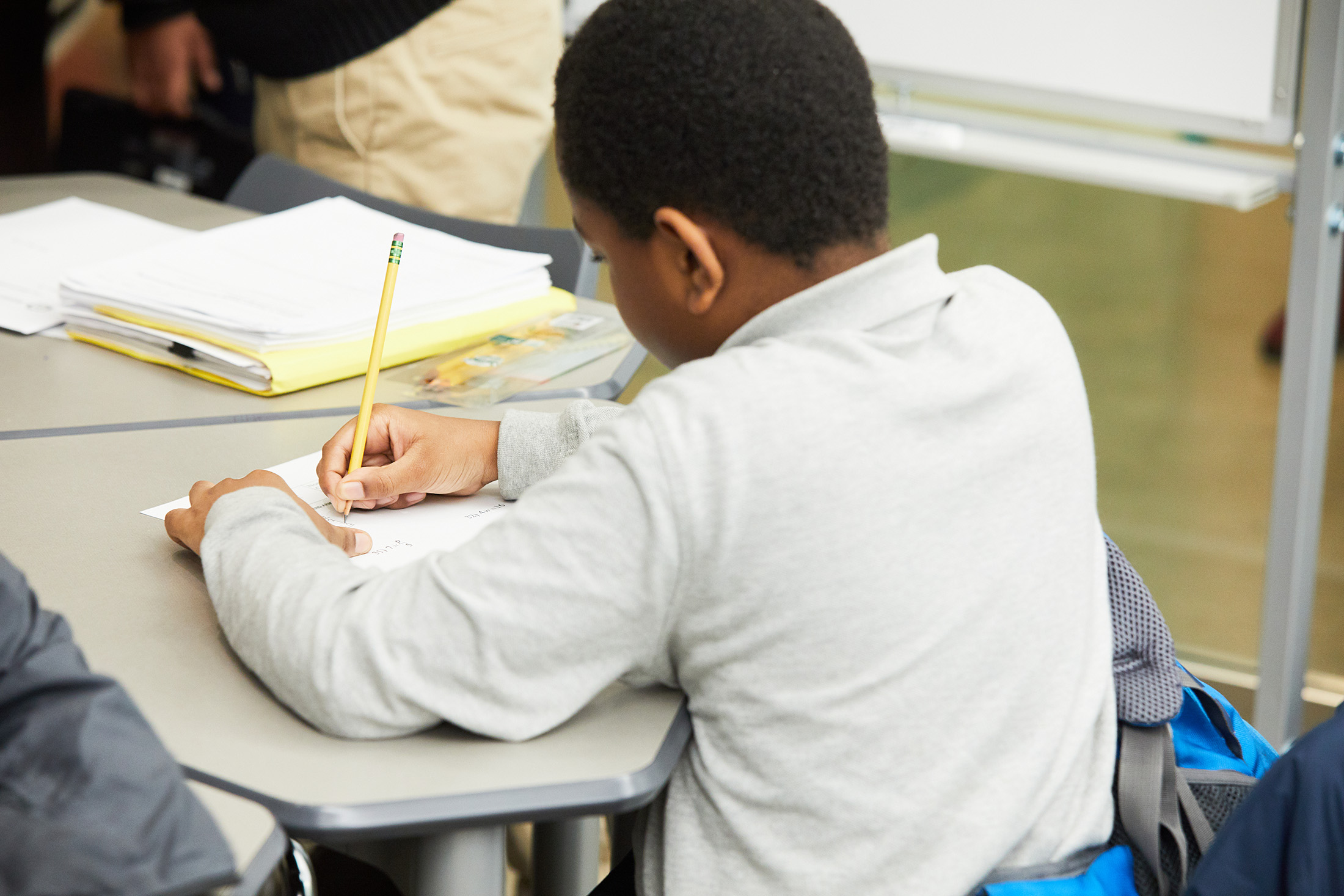Design Principles


How to create a school where exciting, rigorous teaching and learning happen–by design.
The XQ Design Principles can guide any school community that’s ready to rethink high school. These research-backed principles are foundational to the XQ school design process, which has been used by teams across the country to redesign their existing schools or design new ones so all students achieve the XQ Learner Outcomes.
Strong mission and culture
Strong mission and culture—A clear set of school values that unify stakeholders around a common purpose. How might you craft a clear set of school values that unify stakeholders under a common purpose? While the specifics will differ from school to school, you should always seek to define your core mission, and how each component of your school serves that mission.
Learn moreMeaningful, engaged learning
Meaningful, engaged learning—Interdisciplinary and engaging strategies that help students develop content knowledge and complex skills. How might you develop teaching strategies centered on interdisciplinary learning experiences, ones that allow students to develop deep content knowledge and complex skills? The right learning experiences also help students cultivate the confidence and fluency they need to apply what they learn in the real world.
Learn moreCaring, trusting relationships
Caring, trusting relationships—Personal connections between students and adults, and between students and their peers, to help them develop holistically. How might you prioritize building personal relationships with your students inside and outside the classroom? How do you invest holistically in their development as scholars and as humans? And how do you show them, again and again, that you believe in their inherent potential for success? These considerations are core to helping young people build positive relationships, both with their peers and with adults.
Learn moreYouth voice and choice
Youth voice and choice—Authentic, ample opportunities for students to build autonomy, develop agency, and develop their identities. How might you approach education in a way that puts the student first? The goal is to make sure all students have ample opportunities to develop intellectual agency, build autonomy, and establish their identities as capable, lifelong learners.
Learn moreSmart use of time, space, and tech
Smart use of time, space, and tech—Nontraditional approaches to when, where, and how students learn. How might you bring all assets to bear in service to teaching and learning? How do you build flexibility into your use of time, space, technology, staffing, and financial resources? By embracing nontraditional approaches to when, where, and how students learn, you can vastly expand opportunities for learning.
Learn moreCommunity partnerships
Community partnerships—Connections that open up real-world learning opportunities for students to gain valuable experiences that help them envision life beyond high school. How might you build connections with community partners to create learning and networking opportunities for your students? Connections like these can open up real-world learning experiences that help students learn, gain valuable experience, and envision the future beyond high school.
Learn more
